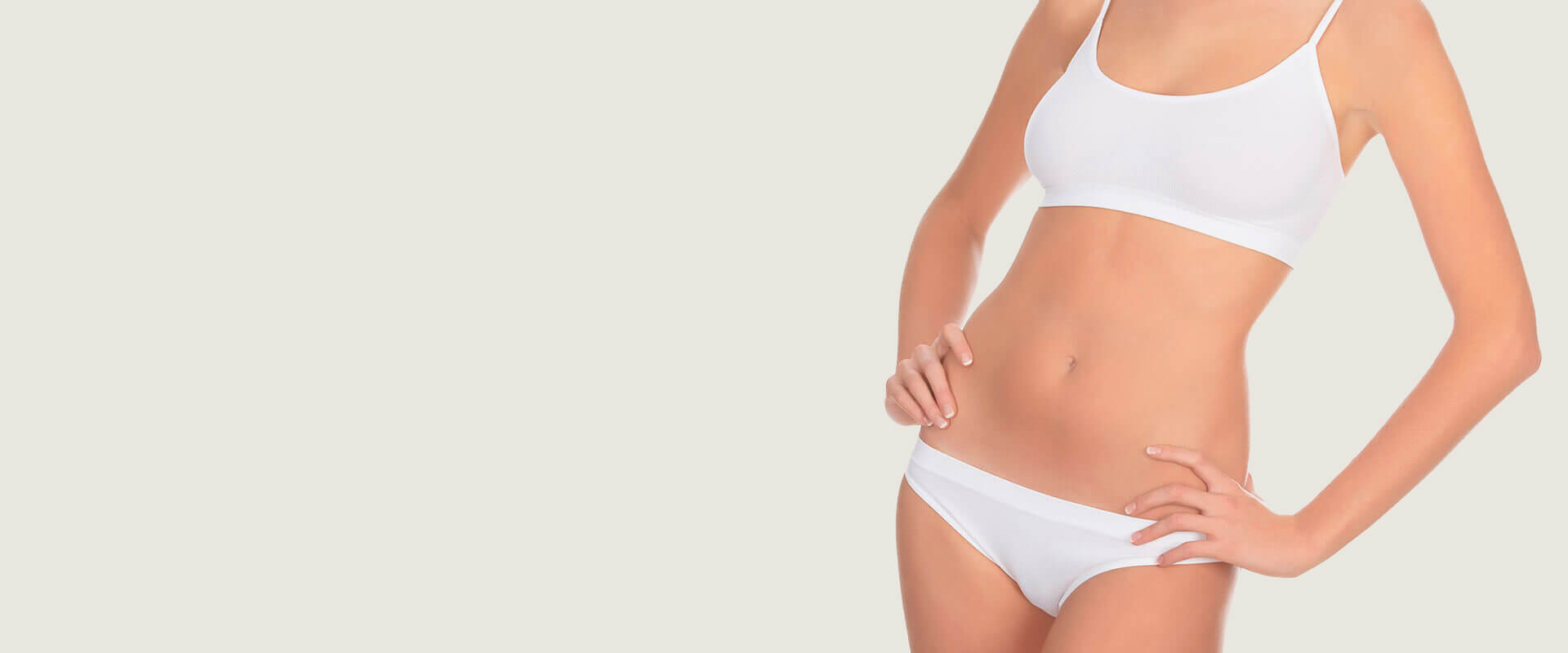Indications
Stretch marks are an aesthetic and annoying problem. 80% of pregnant women will develop stretch marks mainly on the breasts and abdomen during the third trimester of pregnancy. The skin consists of the skin and the main skin or dermis. The skin is a thin layer of cells on the surface of the skin, which represents a small percentage of its total thickness. The dermis lies between the skin and the subcutaneous fat and is much thicker than the skin. It contains the skin vessels and consists mainly of collagen and elastic fibers, which are organized in a grid that resembles the fabric structure very much. If a fabric is tightly stretched you will notice that at some point the fibers of the fabric are pulled apart, forming gaps, without however breaking the fabric. This is exactly the case with the stretch marks. They are essentially a form of atrophic scarring that results from the intense stretching of the skin.
What is the reason for the stretch marks?
Stretch marks can therefore be due either to a rapid increase in height during adolescence, to a sharp increase in body weight due to obesity, to the use of corticosteroids, or to pregnancy due to increased uterine size.
Where do they usually appear?
Stretch marks usually appear on the abdomen, buttocks, thighs, knees, tibia, arms and chest. The collagen and elastin fibers in the dermis are separated by forming streaks on the skin surface. These lines initially have a reddish-violet color due to hyperemia, they form grooves and gradually discolor until they reach a lighter tone than normal skin.
Are stretch marks prevented?
There are no treatments that have been proven to prevent the appearance of stretch marks, but it is advisable:
Avoid fluctuations in your weight.
Moisturize your body properly. Drink at least 8 glasses of water a day.
Use moisturizing body cream daily. If your skin is too dehydrated, choose a product with a rich texture.
How are stretch marks treated?
We can take advantage of the capabilities of laser and radiofrequency technology, which allow us to channel energy deep into the skin without causing any surface damage. This is done using specialized machinery such as:
The diode laser (non ablative laser 808 nm) that targets the collagen of the skin for its reconstruction. It works without affecting the skin and selectively "injures" the deeper layers of the skin, stimulating fibroblasts (cells that produce collagen and elastin and ultimately result in tightening of the skin, improving texture and tone and reducing tone ).
Radiofrequencies (RF Thermage, Accent, Pollogen, etc.) cause thermal stimulation of collagen, resulting in tightening of the skin and improvement of stretch marks, while at the same time achieving moderate lipolysis and improving cellulite.
Pulse pigment lasers (595nm) whose energy is perfectly absorbed by the red color of the stretch mark, thus activating normal regeneration mechanisms leading to a significant improvement.
The latest technology Fraxel (Fractional Laser CO2), seems to revolutionize the treatment of already mature (white) stretch marks that have had the poorest therapeutic results. With this technique, the laser beam splits into individual beams depending on the depth of penetration we want to achieve, so we can act on the entire skin depth by channeling the necessary power to fully regenerate it.
With abdominal surgery, those that are from the navel to the pubic symphysis are exposed along with the skin and disappear. Those above the navel become thinner and much less visible. Unfortunately, the excellent results we have in the abdomen cannot be achieved elsewhere.
Finally, Micro-Needling is a new technique applied with local anesthesia. The main action of this treatment is to create tiny holes (with tiny needles) in the blood vessels just below the surface of the skin. The consequence of this action is the release of platelets, which then release growth factors that promote and enhance the production of collagen and elastin.
What are the results?
We should note the following: It takes several laser sessions with 30-45 day intervals. The end result, however, can be estimated much later - up to 6 months after the end of such a course of treatment. Improvements in red stretch marks reach 60-80%, while in white stretch marks the rates of improvement are lower (30-50%). 3. We must not forget that stretch marks are a type of scarring on the skin. This means that our main goal is always to improve them and not necessarily to eliminate them.
